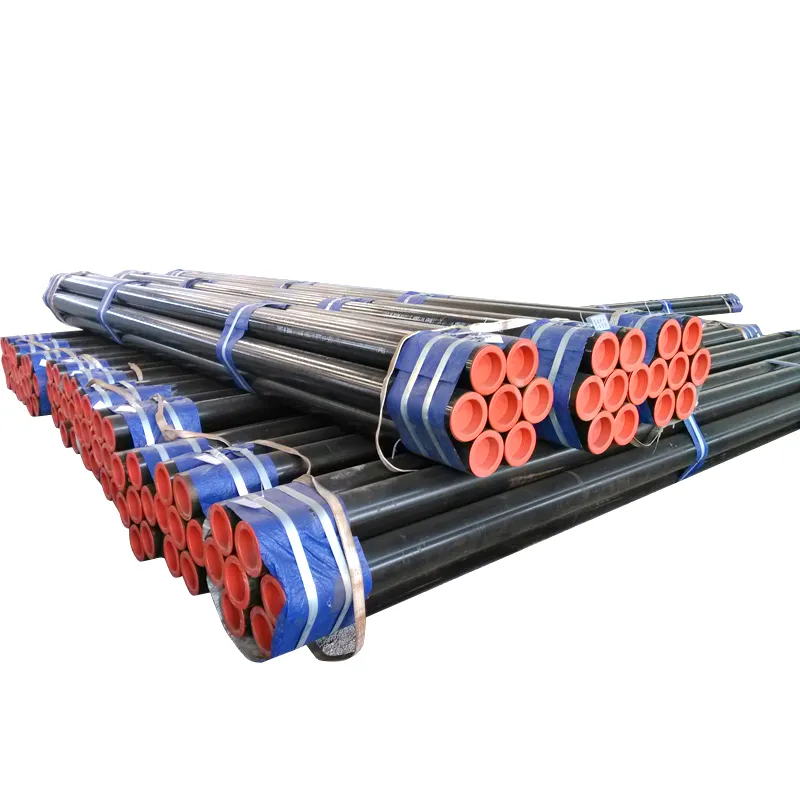Galvanized welded pipe for construction is a critical material in building and infrastructure projects, valued for its enhanced corrosion resistance and structural strength. The galvanization process involves coating the welded steel pipe with a layer of zinc, either through hot dip galvanization or electro galvanization, which protects the steel from rust and environmental degradation. Hot dip galvanized pipes, in particular, have a thicker, more durable zinc layer that provides long term protection, making them suitable for outdoor and underground applications. These pipes are manufactured using standard welding processes like ERW or SAW, with the galvanization applied after welding to ensure the entire surface, including the weld seam, is protected. In construction, galvanized welded pipes are used for various purposes, such as water supply systems, structural supports, scaffolding, and fencing. The zinc coating acts as a sacrificial layer, corroding before the underlying steel to extend the pipe's service life. Key standards for galvanized pipes include ASTM A106 (for high temperature service), ASTM A53 (galvanized grade), and EN 10255 (European standard for hot dip galvanized steel pipes). Manufacturers must ensure the zinc coating meets thickness and adhesion requirements, typically tested using methods like magnetic thickness gauges or 硫酸铜 tests. Construction projects benefit from the low maintenance and long service life of galvanized welded pipes, reducing replacement costs and downtime. The pipes can be easily connected using threaded fittings, flanges, or grooved couplings, making installation efficient. Whether used in residential buildings, commercial complexes, or large infrastructure projects, galvanized welded pipe for construction provides a reliable and cost effective solution for structural and fluid transportation needs.


